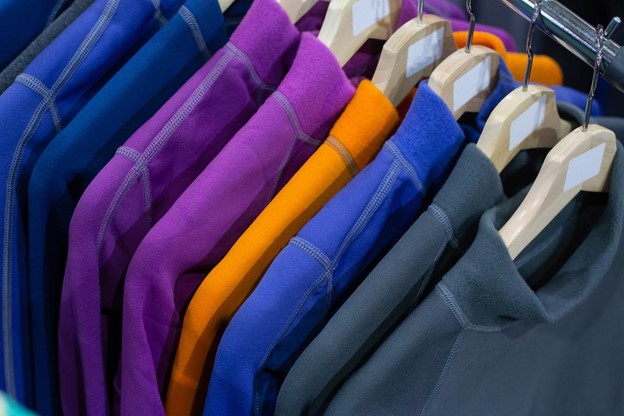We have noticed you are using an older version internet browser. To gain the best experience from our site we recommend upgrading your internet browser.
What is thermal clothing?

However, what is thermal clothing? How does it work? And
what activities should it be used for? From thermal trousers and underwear to fleece-lined
jackets and boots, in this blog, Chums takes a deep dive
into thermal clothing, telling you everything you need to know about these
smart base layers.
What is thermal clothing for?
Although thermal clothing is used
for a variety of purposes, and by a broad range of different people, it is
usually utilised most by those who participate in outdoor activities,
particularly during winter. Examples of activities that require thermal
clothing include:
- Skiing and snowboarding
- Ice skating
- Fishing
- Wintertime running/jogging
- Hiking/Rambling
- Mountain Climbing
- Dog Walking
- Attending spectator sports (outdoor football and rugby matches, etc.)
- Outdoor shopping in the winter months (Christmas shopping, Christmas markets etc.)
As we will explore below, thermal
clothing works to remove perspiration from the surface of the skin thanks to
its breathability. For this reason, when worn with no layers on top, thermal
clothing can also be a good option in some warmer conditions. This is why it is
common to see athletes wearing base layer thermal clothing while performing all
year round, regardless of the temperature.
Do thermal clothes really work?
To put it simply, yes - thermal
clothes can be incredibly effective in preventing you from getting cold. When
you are leaving the warmth of your home, thermal clothing can be worn to
protect your legs, feet, arms, core and even head from the cold. However, it’s
important to note that this form of garment does this not by making you warm,
but by stopping you from getting cold. While this may sound like semantics,
there is actually an important distinction between the two.
Thermal clothing traps the natural
heat produced by your body to keep you warm in the cold outdoors. If, however,
your body is already cold at the moment you put your thermal clothing on, these
items will not work as effectively, as it may take longer for your body to
naturally produce enough heat for the thermal clothing to trap it in the first
instance.
How does thermal clothing work?
As touched upon above, thermal
clothing works by adding an additional layer of smart material to a user’s
usual outdoor attire. Typically made up of a two-ply fabric - such as wool, fleece, polyester, nylon, silk, spandex or
smart cotton blends - these garments are designed to trap more body heat than
standard single-layer clothing. This extra heat then insulates your body
against cold outdoor air by preventing heat loss.
As well as trapping body heat, these smart items also work to keep sweat away from the skin. This happens thanks to the breathable fabrics thermal clothing is usually made from, which act to absorb perspiration from the surface of the user's skin. In the same way a candlewick pulls oil from a lamp and up the fabric ready to be burned, the materials used to make thermal clothing absorb sweat and move it away from the surface of the skin. This helps to ensure the user does not become damp and even colder.
What makes clothing thermal?
The material an item of clothing is
made from and how effectively it is in both trapping natural body heat and
allowing sweat to be absorbed away from the skin is what makes it thermal. This
is to say, while wool, cotton and even silk items of clothing can be considered
thermal in the sense they keep you warm in winter, the best thermal materials
tend to be synthetic. Unlike some natural materials which can feel itchy or
retain moisture, fabric blends of spandex, nylon, lycra and polyester can
provide a good balance of warmth, heat retention and moisture-expelling
properties. This is what makes an item of clothing thermally successful.
Copyright © 2024 Chums
PayPal Representative Example:
Representative 23.9% APR (variable) Purchase interest rate 23.9% p.a. (variable) Assumed Credit limit £1,200.
PayPal Credit and PayPal Pay in 3 are trading names of PayPal UK Ltd, Whittaker House, Whittaker Avenue, Richmond-Upon-Thames, Surrey, United Kingdom, TW9 1EH. Terms and conditions apply. Credit subject to status, UK residents only, Chums Ltd acts as a broker and offers finance from a restricted range of finance providers. PayPal Pay in 3 is not regulated by the Financial Conduct Authority. Pay in 3 eligibility is subject to status and approval. 18+. UK residents only. Pay in 3 is a form of credit. Check if affordable and how you will repay. May make other borrowing more difficult or expensive. See product terms for more details



